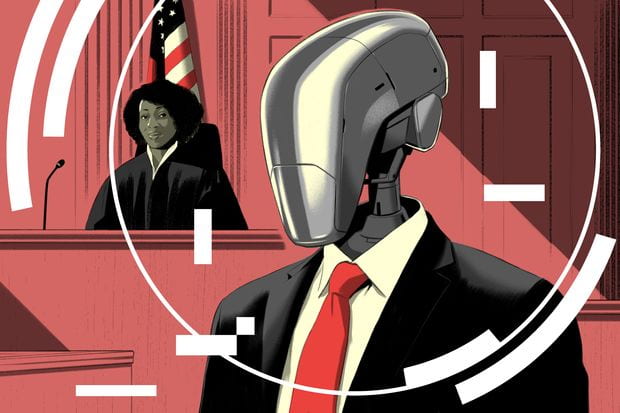“To watch the TV screen for any length of time is to learn some really frightening things about the American sense of reality. We are cruelly trapped between what we would like to be and what we actually are.”
– James Baldwin
The singularly most omnipresent entity amongst the American populace is that of mass media. It leaks into every facet of our lives and defines how we perceive others and construct our own identities.
It has been proven through various studies that mass media is a powerful influence that commonly causes people to undergo an identity shift. An identity shift is defined as “choosing to change your current identity because you want to become a new person and experience a new life.”
The most susceptible group to media influence and identity shifts is adolescents. This is because the adolescent years are the most formative in identity formation for a human.
TikTok is a great example of a mass media venue that constantly encourages impressionable youths to undergo identity shifts. These identity shifts can be relatively tiny, such as a person basing more of their identity around a harmless fandom, or substantial, such as a person adopting an antagonistic language and attitude towards certain groups of people in order to mimic their favorite creator.
Kirkland & Jackson, in their work “‘We Real Cool’: Toward a Theory of Black Masculine Literacies,” offer another great example of the ability of mass media to influence adolescents’ identity. They specifically investigated the role rappers and rap media played in determining the language-in-use by “cool” African American adolescents. In specific, they traced how the group of “cool” children altered their language, social views, and clothing choices in order to align more closely with what rap media portrayed and perpetuated as cool.
The pair also provide context on why specific mass media have a more significant influence on certain groups over others. In their study’s case, African American children formulated their “cool talk” and identities around African American rap artists and media because the community they inhabited deemed said rap artists as representative of what a “cool black man” and/or “black masculine cultural model” is.
I think moving forward as a society that it will become more and more important to encourage persons to distance themselves from media consistently in order to allow themselves the ability to maintain and reinforce their own personally constructed identity separate from overpowering external influences. Otherwise, I think that events such as the recent uptick in white supremacists specifically targeting racist media at adolescent boys in the hopes they will form their identity around normalized racism will become much more commonplace.









